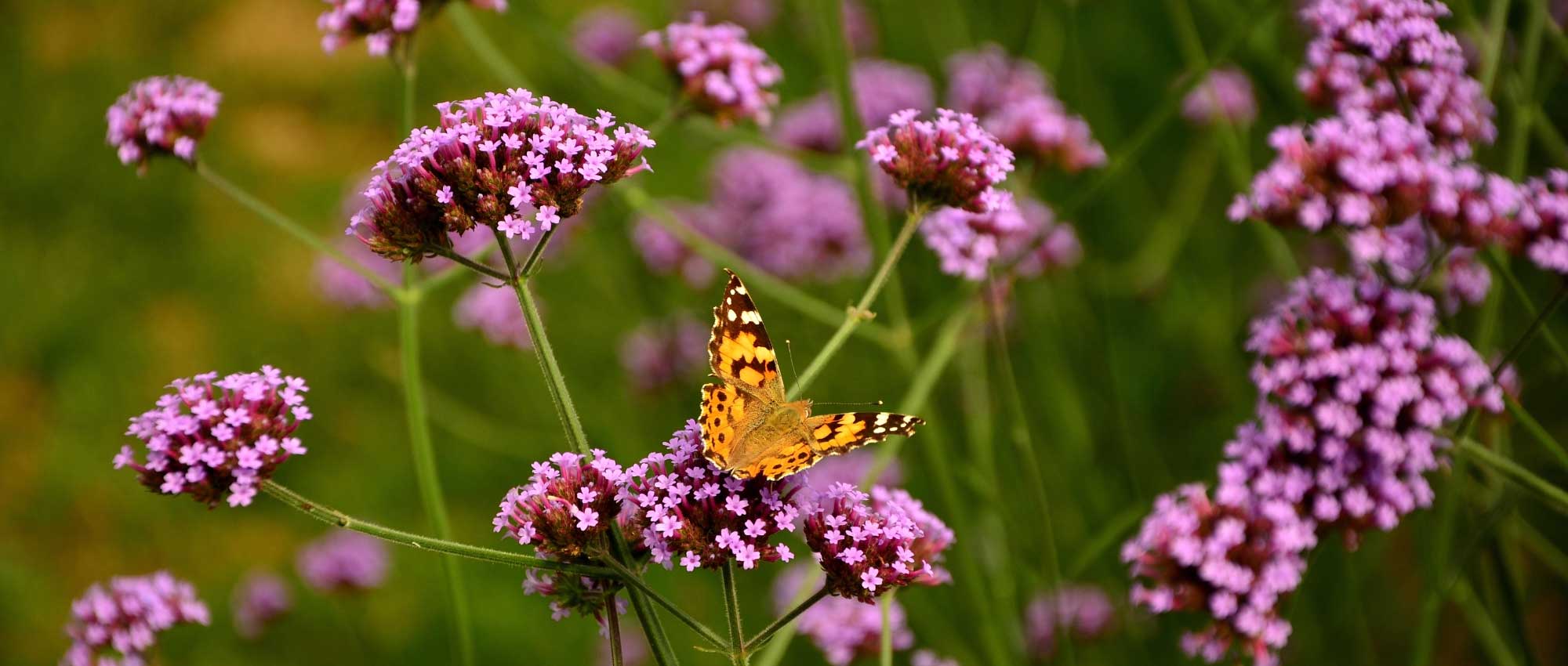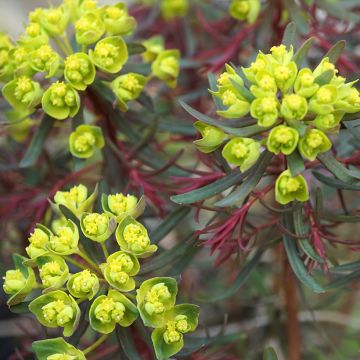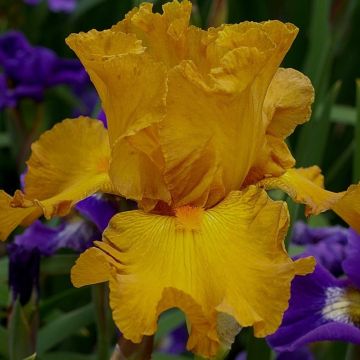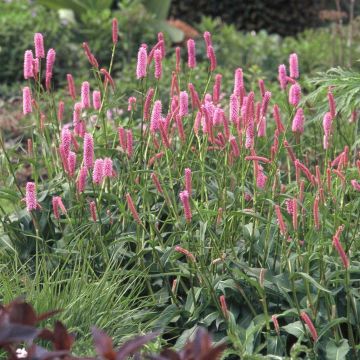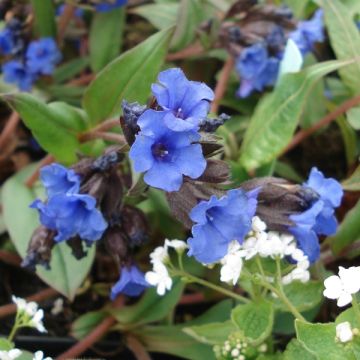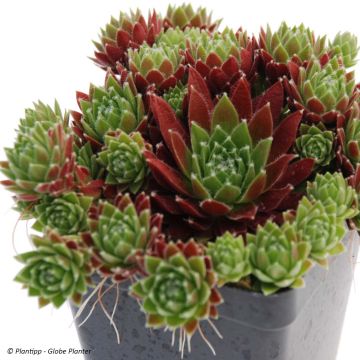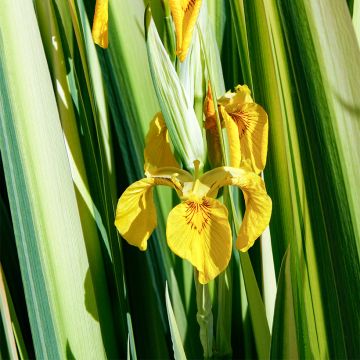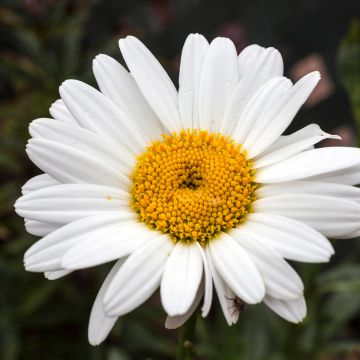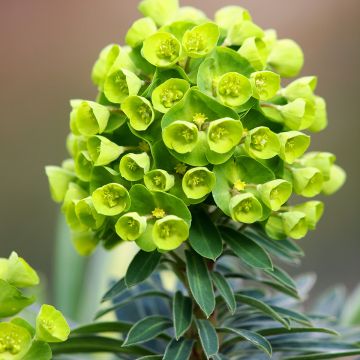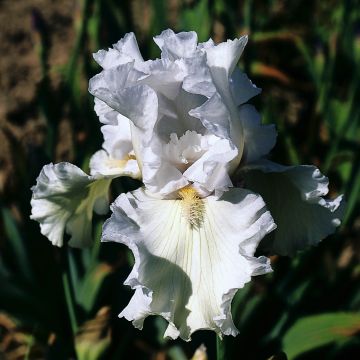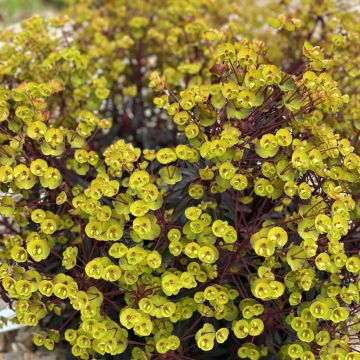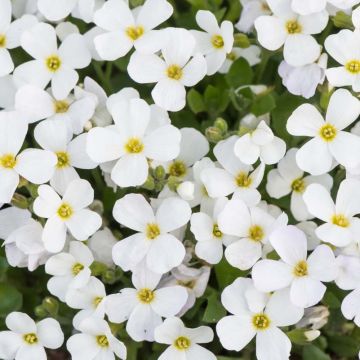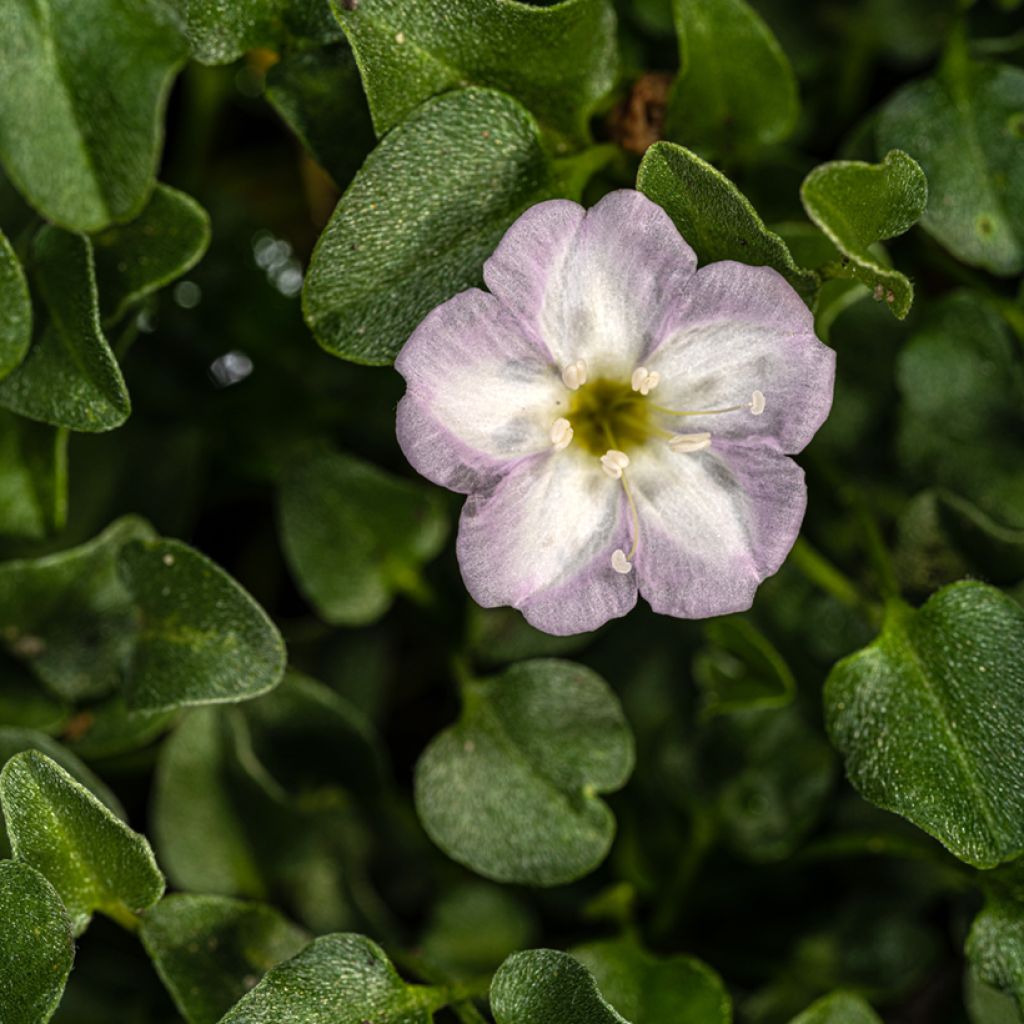

Falkia repens
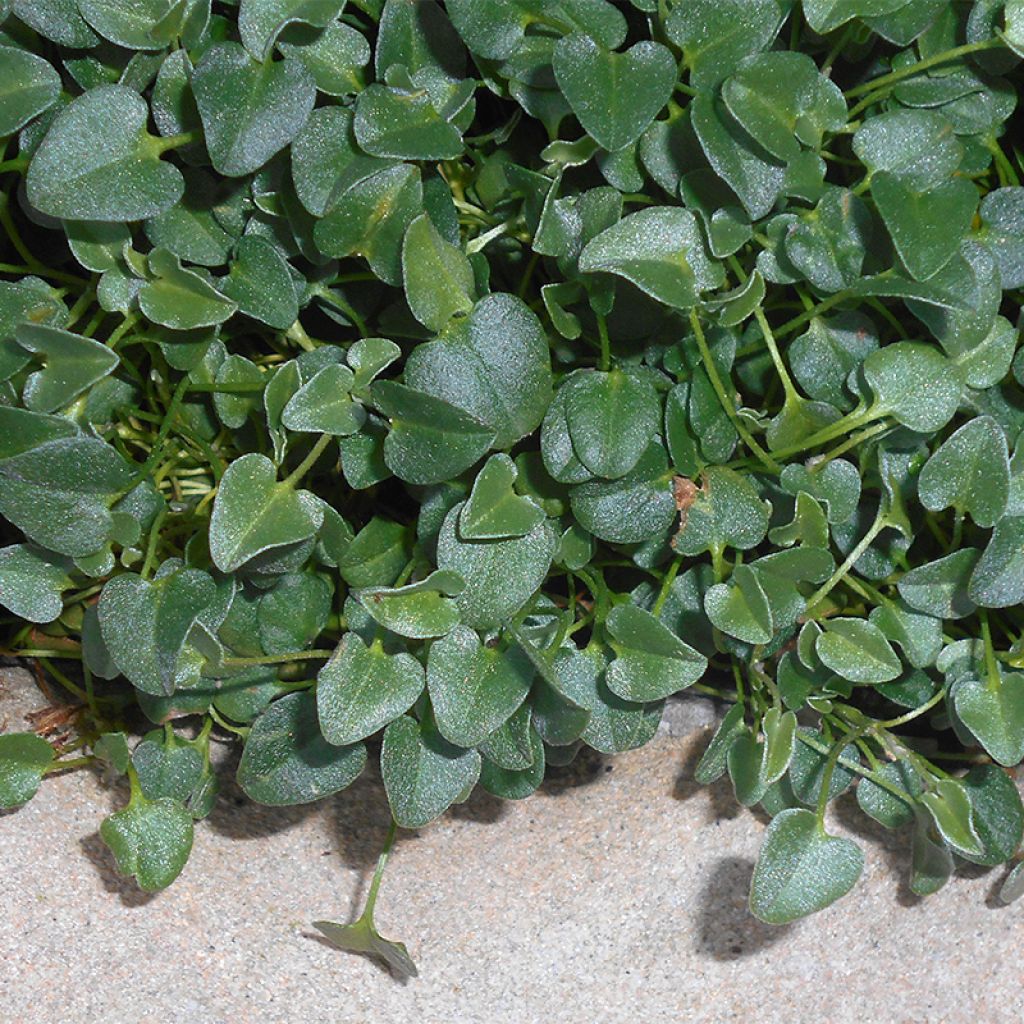

Falkia repens
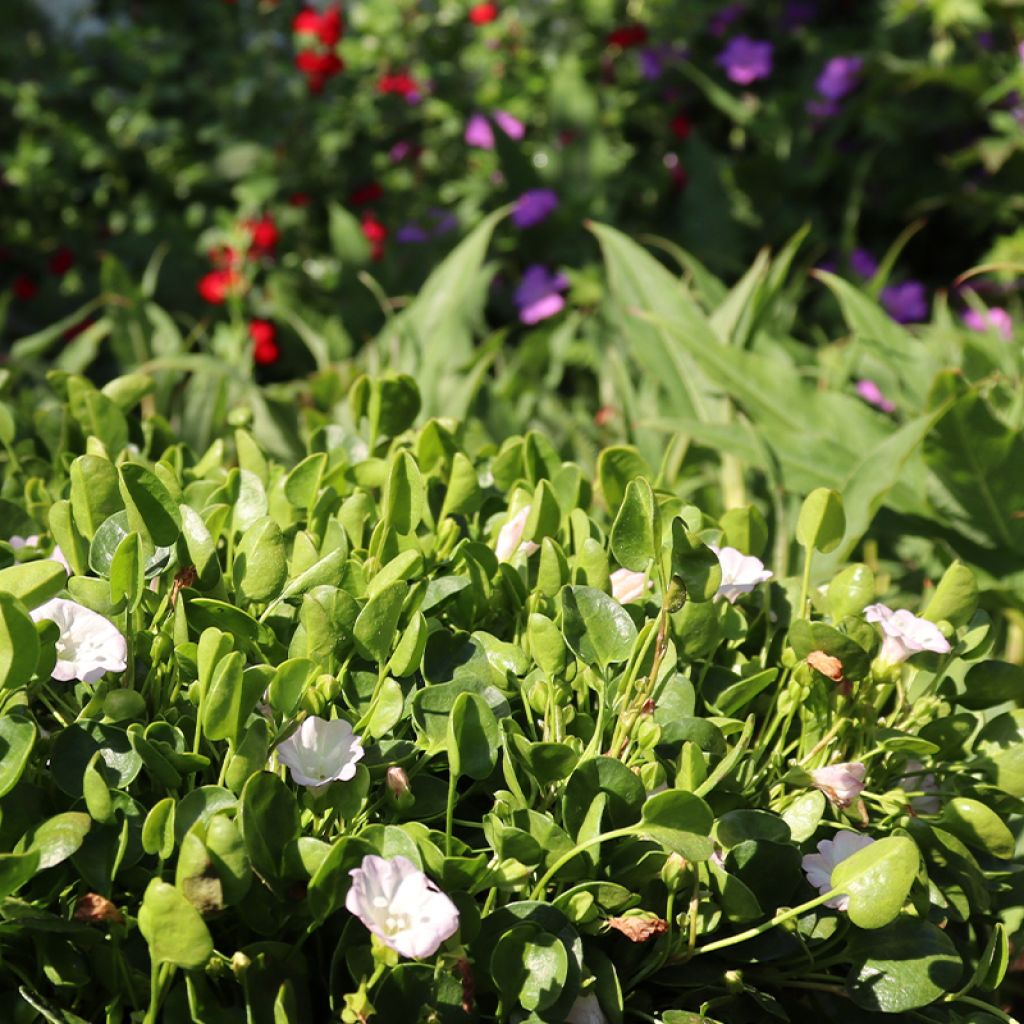

Falkia repens
Falkia repens
Falkia repens
African Morning Glory
Out of the 7 young plants, one arrived with already dead leaves, it didn't recover, the others are still struggling for now but are not very vigorous. I am waiting for spring...
Françoise , 17/02/2025
Special offer!
Receive a €20 voucher for any order over €90 (excluding delivery costs, credit notes, and plastic-free options)!
1- Add your favorite plants to your cart.
2- Once you have reached €90, confirm your order (you can even choose the delivery date!).
3- As soon as your order is shipped, you will receive an email containing your voucher code, valid for 3 months (90 days).
Your voucher is unique and can only be used once, for any order with a minimum value of €20, excluding delivery costs.
Can be combined with other current offers, non-divisible and non-refundable.
Home or relay delivery (depending on size and destination)
Schedule delivery date,
and select date in basket
This plant carries a 12 months recovery warranty
More information
We guarantee the quality of our plants for a full growing cycle, and will replace at our expense any plant that fails to recover under normal climatic and planting conditions.

Would this plant suit my garden?
Set up your Plantfit profile →
Description
The Falkia repens, also known as the African Morning Glory, is a vigorous perennial ground cover that is very useful for filling in spaces between other plants, covering the base of bushes, or replacing lawns in lightly trafficked areas. It forms a low-growing carpet that discourages weeds and is adorned with pretty flowers resembling bindweed, from spring to summer. Equally at home in sun or shade, this plant looks proud as it weaves between rocks in a rockery or cascades from a flowering pot. It is not difficult to grow in any well-drained soil, from moist to dry.
Falkia repens belongs to the convolvulaceae family, just like ipomoeas, bindweeds, and morning glories. This species is endemic to the Eastern and Western Cape in South Africa, a region with a Mediterranean-type climate characterized by wet winters and dry summers. It is often found in wet or temporarily flooded soils during the season. It is a perennial plant with thin, rooting stems, meaning they can root at the nodes. Its growth is rapid and its lifespan is long. The vegetation forms a 5 cm (2in) tall carpet that spreads laterally without a theoretical limit. The leaves persist during mild winters but become deciduous in case of severe frost. They are oval, small (0.6 to 2.5 cm (0 to 1in) long), slightly succulent, cup-shaped, rounded at the apex, erect, resembling little ears. They are a glossy yellowish-green to dark green color. Flowering occurs from May to August, although it is shorter and less abundant during very dry summers. The funnel-shaped flowers are white with a hint of pink and 1.5 cm (1in) wide. They are produced abundantly just above the foliage. The stem can withstand temperatures as low as -10 to -12°C in well-drained soil. Falkia repens is pollinated by moths and bees.
Plant Falkia repens in a small space where you would have imagined a lawn that the rugged or hard-to-reach terrain does not allow. This plant tolerates light foot traffic, does not require mowing, and generally does not need watering in summer. In this use, it can be associated with other equally vigorous ground-cover perennials such as Achillea crithmifolia, Lippia, Zoysia tenuifolia, or Dichondra repens. It can also be planted on top of walls or in the gaps between stones in a rockery, as well as along the edge of a staircase, accompanied by Erigeron karvinskianus, thymes, or dwarf artemisias, for example. It also pairs well on a slope with perennials and shrubs that thrive in dry conditions (lavenders, cistuses, rosemarys, brooms, Cerastostigma, valerian), emerging from its carpet while protecting them from invasive plants.
Falkia repens in pictures
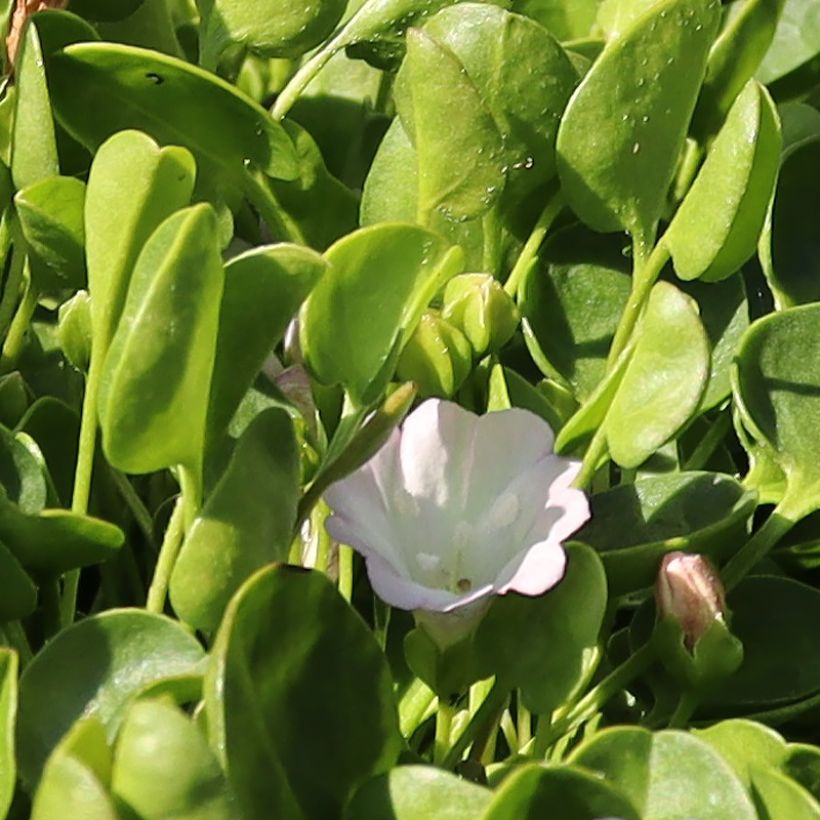

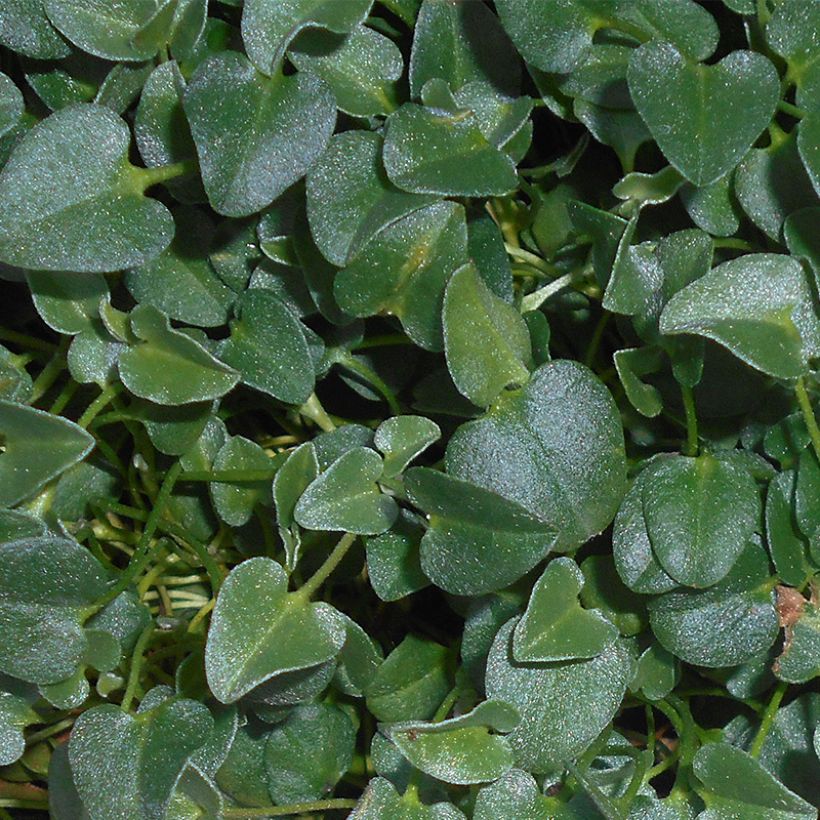

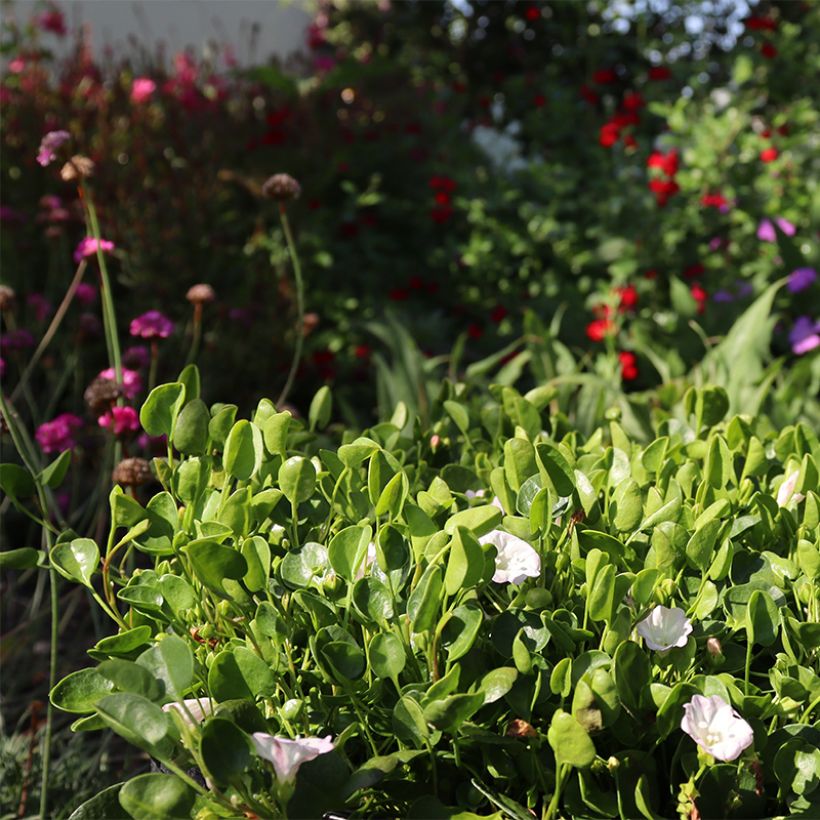

Flowering
Foliage
Plant habit
Botanical data
Falkia
repens
Convolvulaceae
African Morning Glory
South Africa
Other Perennials A to Z
View all →Planting and care
Falkia repens can be planted in full sun or partial shade, or even in shade in very hot climates, in any type of soil, but well-drained. 4 plants per square meter are enough to cover the ground in one year, 8 or 9 to reduce the delay to a few months. It is not demanding in terms of soil type, it can tolerate some limestone, as well as sea spray in coastal areas. Its hardiness does not exceed -10 to -12 °C. This plant can tolerate a lack of water, but it will be greener and more floriferous with watering every 10 to 15 days in summer. A slow-release fertilizer applied twice a year will enhance its already naturally rapid growth. The carpet can be mown once a year, after flowering. It is a good plant for rockeries, walls, and slopes. It can also be grown in pots.
Planting period
Intended location
Care
Planting & care advice
-
, onOrder confirmed
Reply from on Promesse de fleurs
Similar products
Haven't found what you were looking for?
Hardiness is the lowest winter temperature a plant can endure without suffering serious damage or even dying. However, hardiness is affected by location (a sheltered area, such as a patio), protection (winter cover) and soil type (hardiness is improved by well-drained soil).

Photo Sharing Terms & Conditions
In order to encourage gardeners to interact and share their experiences, Promesse de fleurs offers various media enabling content to be uploaded onto its Site - in particular via the ‘Photo sharing’ module.
The User agrees to refrain from:
- Posting any content that is illegal, prejudicial, insulting, racist, inciteful to hatred, revisionist, contrary to public decency, that infringes on privacy or on the privacy rights of third parties, in particular the publicity rights of persons and goods, intellectual property rights, or the right to privacy.
- Submitting content on behalf of a third party;
- Impersonate the identity of a third party and/or publish any personal information about a third party;
In general, the User undertakes to refrain from any unethical behaviour.
All Content (in particular text, comments, files, images, photos, videos, creative works, etc.), which may be subject to property or intellectual property rights, image or other private rights, shall remain the property of the User, subject to the limited rights granted by the terms of the licence granted by Promesse de fleurs as stated below. Users are at liberty to publish or not to publish such Content on the Site, notably via the ‘Photo Sharing’ facility, and accept that this Content shall be made public and freely accessible, notably on the Internet.
Users further acknowledge, undertake to have ,and guarantee that they hold all necessary rights and permissions to publish such material on the Site, in particular with regard to the legislation in force pertaining to any privacy, property, intellectual property, image, or contractual rights, or rights of any other nature. By publishing such Content on the Site, Users acknowledge accepting full liability as publishers of the Content within the meaning of the law, and grant Promesse de fleurs, free of charge, an inclusive, worldwide licence for the said Content for the entire duration of its publication, including all reproduction, representation, up/downloading, displaying, performing, transmission, and storage rights.
Users also grant permission for their name to be linked to the Content and accept that this link may not always be made available.
By engaging in posting material, Users consent to their Content becoming automatically accessible on the Internet, in particular on other sites and/or blogs and/or web pages of the Promesse de fleurs site, including in particular social pages and the Promesse de fleurs catalogue.
Users may secure the removal of entrusted content free of charge by issuing a simple request via our contact form.
The flowering period indicated on our website applies to countries and regions located in USDA zone 8 (France, the United Kingdom, Ireland, the Netherlands, etc.)
It will vary according to where you live:
- In zones 9 to 10 (Italy, Spain, Greece, etc.), flowering will occur about 2 to 4 weeks earlier.
- In zones 6 to 7 (Germany, Poland, Slovenia, and lower mountainous regions), flowering will be delayed by 2 to 3 weeks.
- In zone 5 (Central Europe, Scandinavia), blooming will be delayed by 3 to 5 weeks.
In temperate climates, pruning of spring-flowering shrubs (forsythia, spireas, etc.) should be done just after flowering.
Pruning of summer-flowering shrubs (Indian Lilac, Perovskia, etc.) can be done in winter or spring.
In cold regions as well as with frost-sensitive plants, avoid pruning too early when severe frosts may still occur.
The planting period indicated on our website applies to countries and regions located in USDA zone 8 (France, United Kingdom, Ireland, Netherlands).
It will vary according to where you live:
- In Mediterranean zones (Marseille, Madrid, Milan, etc.), autumn and winter are the best planting periods.
- In continental zones (Strasbourg, Munich, Vienna, etc.), delay planting by 2 to 3 weeks in spring and bring it forward by 2 to 4 weeks in autumn.
- In mountainous regions (the Alps, Pyrenees, Carpathians, etc.), it is best to plant in late spring (May-June) or late summer (August-September).
The harvesting period indicated on our website applies to countries and regions in USDA zone 8 (France, England, Ireland, the Netherlands).
In colder areas (Scandinavia, Poland, Austria...) fruit and vegetable harvests are likely to be delayed by 3-4 weeks.
In warmer areas (Italy, Spain, Greece, etc.), harvesting will probably take place earlier, depending on weather conditions.
The sowing periods indicated on our website apply to countries and regions within USDA Zone 8 (France, UK, Ireland, Netherlands).
In colder areas (Scandinavia, Poland, Austria...), delay any outdoor sowing by 3-4 weeks, or sow under glass.
In warmer climes (Italy, Spain, Greece, etc.), bring outdoor sowing forward by a few weeks.






























